By Rick VanSickle
In this Canadian Wine Report, we look at two Vintages releases at LCBO stores in January and new wine reviews for Niagara’s Malivoire, Vineland Estate, Henry of Pelham, B.C.’s Township 7 and a trio of smart buys from California.
January is traditionally slow for new wine releases at LCBO stores, and generally the focus is on value wines. Both the coming Jan. 23 Vintages release and last Saturday’s release woefully under-represent wines from Niagara — only one released last Saturday and more wines from B.C. than Ontario in the upcoming release.
But the focus is clearly on bargain wines at this time of the year as the credit card statements roll in and household budgets squeeze wine lovers.

Many wine consumers turn to General List LCBO wines at this time of year, that sea of mediocrity in the under $15 category where bargain hunters are looking for the best quality wines at the lowest price possible. There are gems among the thousands, but only savvy shoppers know where they are.
This is the most competitive category at the LCBO. Agencies and local wineries have to fight to get their wines listed and that’s just the beginning. All GL products are subject to reaching sales volume targets on a year over year basis.
The General List has as its base many of the moderately priced wines of the world, often produced in relatively large quantities, and which have substantial advertising and promotional budgets attached to them — up to $50,000 a year, depending on a variety of factors. It is virtually impossible these days to consider attempting to obtain a general listing for your wine unless you have serious money to invest in promoting your products there.
Once a year, the LCBO audits all GL wines, and if they have not met determined sales quotas, they are delisted and never to be seen at the LCBO again.
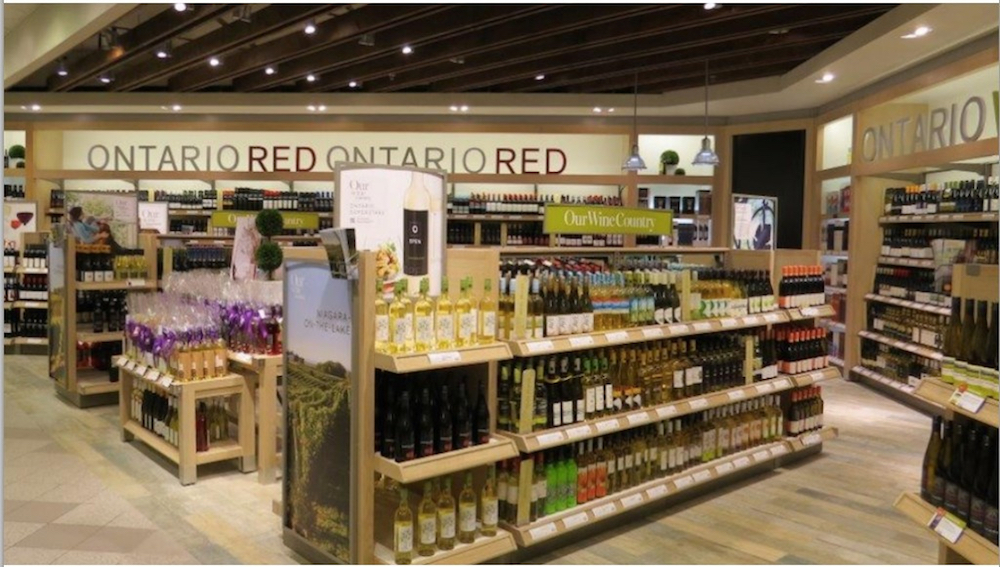
For local Ontario wineries, it’s a tough game and not for the faint of heart. They have two main avenues to pursue if they want to be successful. The first is to simply make great wines that are priced to compete in the GL category and catch fire with consumers out of the gate. The second is to make great wines, but they don’t catch on now have to play LCBO Monopoly — take two steps, pay for an end aisle, take another couple of steps, pay for preferred shelf space, a few more steps, pony up cash for your wines to be refrigerated, a few more steps and, if you pay, you can get an LCBO store manager’s recommendation … and on and on and on.
If a wine is listed, and if it is able to maintain a satisfactory rate of sales (quota), it will continue to be ordered and listed. If not, then it is de-listed with a financial penalty to the supplier—generally 25% of the ex-cellars/FOB price on remaining stocks at the time of its being delisted.
If you are an Ontario winery, chances are you do not have the budget to play LCBO Monopoly and be competitive against some of the largest international mega wine companies in the world, which are very good at throwing cash in the value section at the LCBO and more often than not get help with their own government’s subsidies. Many of those Australian, French, Italian and California staples have existed unchanged for decades on LCBO shelves. They know exactly how to play the game and have the cash to buy Get of Jail cards at will.
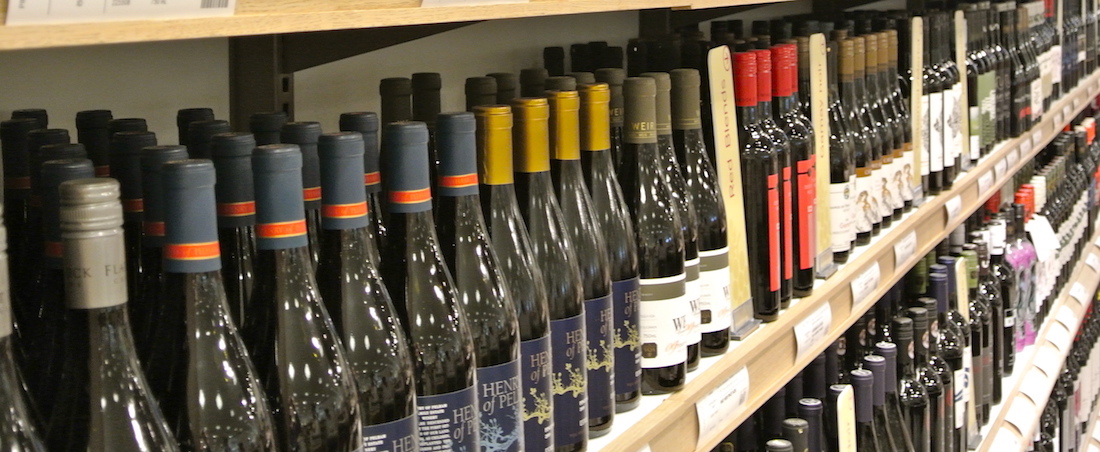
Many Ontario wineries have found success in the GL category and have fought long and hard to keep their listings with consistently well-made wines at attractive prices. For many it’s not about making a financial killing with these wines, it’s about finding a home for their grapes and growing their business while maintaining their non-GL portfolios at the higher end. To do this successfully you need to source enough grapes to feed the production, space and equipment to make it, staff who know the ins and outs at the LCBO, marketing, and attention (and cash) to make sure you are going to make your quota. Many have tried and many have failed to keep their listings. Many more do not even bother or skip ahead to Vintages or Vintages Essentials categories.
I rarely dip into the GL wines for review here on Wines In Niagara, not because they don’t offer good QPR, but mainly because the good ones are consistent from vintage to vintage and it feels like writing the same review over and over.
A discussion on a Facebook wine thread recently about GL wines prompted this post and I decided to drive to a local winery to purchase a couple of these wines I haven’t tasted in a while. They reminded me that the GL category may be a minefield but there are still some pretty exciting wines to be found and enjoyed on a regular basis. Here are two of them.
Note: You can purchase all the Ontario wines reviewed here directly from the winery in person or online. Please do this as the winery gets a bigger cut of the price and it helps keep LCBO staff safe from less contact at the stores.
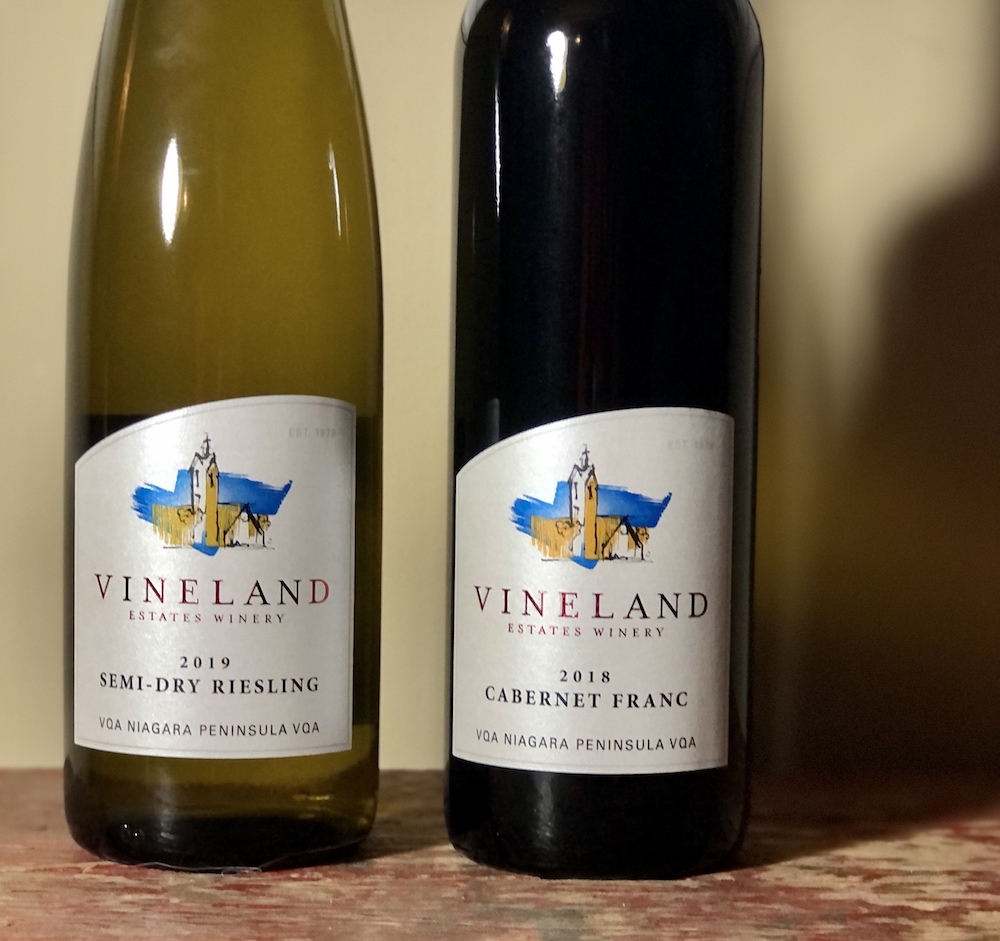
Vineland Estates Cabernet Franc 2018 (on sale for $14, LCBO, winery, 89 points) — This is a perfect example of a rock solid GL wine that not only represents a Niagara rock star grape, but also delivers a delightful wine at a price everyone can afford. My wife Maureen and I devoured this wine after tasting it for review and we were both impressed with the quality. It has everything you want from a Cabernet Franc on the nose — earthy/brambly raspberries, ripe cherries, subtle herbs and anise with wonderful purity and concentration. It’s bright and juicy on the palate with savoury red berries, licorice, earth, pepper, smooth tannins and a tangy finish. Now, does winemaker Brian Schmidt make better Cab Francs? Of course he does, in several styles from estate grapes and up the ladder of the tier system at the estate. But to make a wine this good at this price, that’s a major accomplishment.
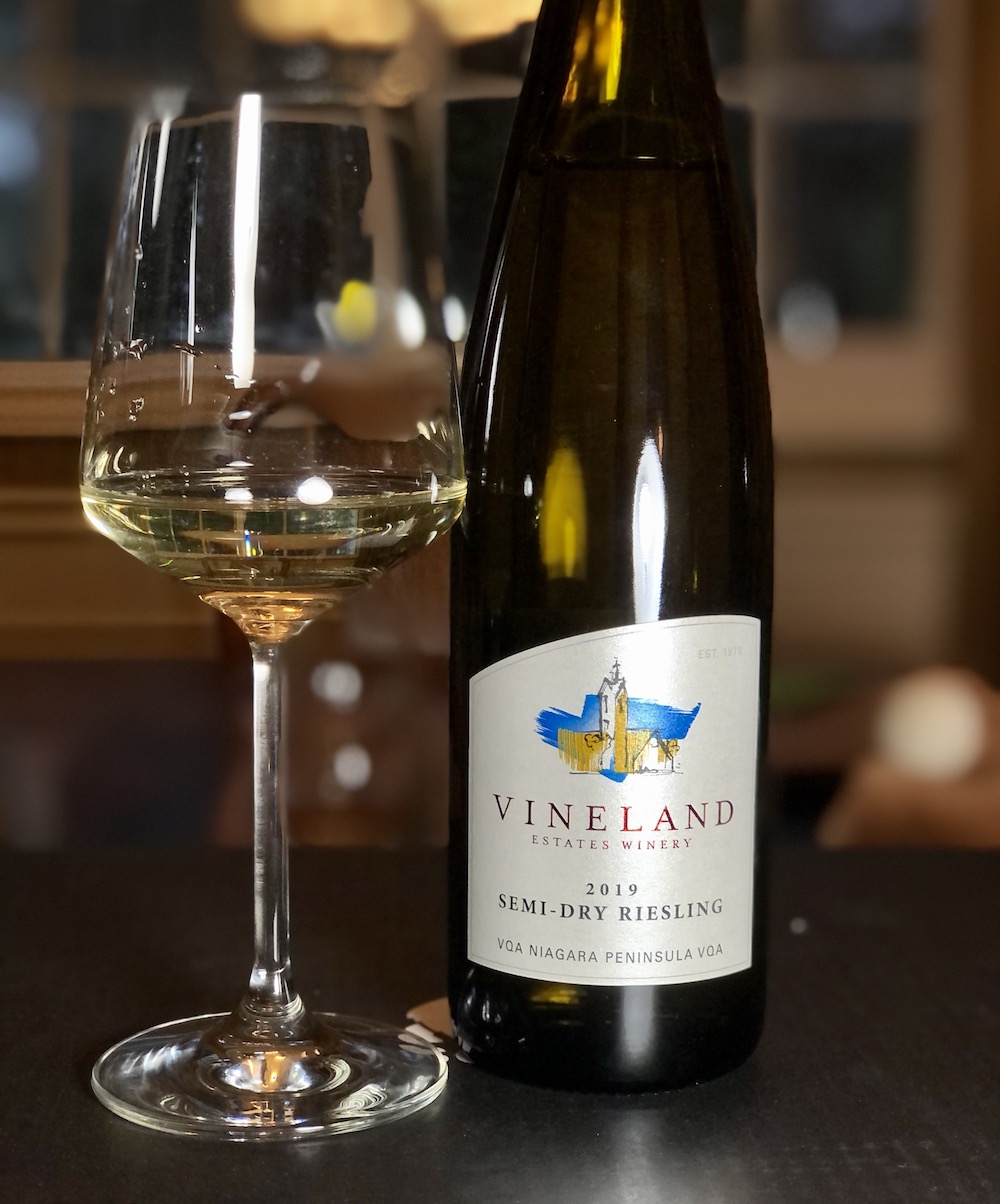
Vineland Estate Semi-Dry Riesling 2019 ($15, LCBO, winery, 88 points) — Schmidt definitely has two loves (in the wine world) — Cabernet Franc and Riesling, so there’s no wonder his two best GL wines at the LCBO consist of these two Niagara staples. He sources the grapes for this Riesling from various Niagara vineyards and finishes the wine at 8.5% abv. The nose is fresh, like a mountain-fed stream in early spring and then it gushes lime, grapefruit, green apple and a lovely floral note. There is a tug of sweet-tart citrus on the palate with juicy lime, zesty lemon and apple with racy acidity keeping it singing through the finish. Attractive right now, but can cellar for a few years to tame the acid and round it out.
Vintages Jan. 23 release
Here are the Niagara wines I can recommend from the Vintages release Jan. 23.

13th Street Expression Series Cabernet/Merlot 2019 ($18, 89 points) — The fruit-forward nose pops with ripe cherries, cassis, concentrated raspberries and currants. It shows medium tannins on the palate and bursts with red berries, cassis, touch of anise and plums in a fresh and fruity style with light spice notes. The blend is 48% Merlot, 39% Cabernet Sauvignon and 13% Cabernet Franc.

Henry of Pelham Estate Chardonnay 2019 ($22, 88 points) — A full and creamy nose with ripe pear, apple, toasted vanilla and lemon accents. It’s rounded on the palate with ripe orchard fruits, creamy oak spices, touch of citrus and some zip on the finish. Good value Chardonnay.

Henry of Pelham Three of Hearts Rosé 2019 ($20, 89 points) — The blend for this lovely rosé is 53% Pinot Noir, 41% Pinot Gris and the rest Gamay Noir that’s hand-picked and whole-cluster pressed. It shows a pale salmon colour in the glass and comes in an attractive, tall and elegant clear bottle. The nose shows strawberry patch, watermelon, peach and field raspberries. It’s fairly dry and refreshing on the palate with juicy red berries, subtle peach and racy acidity through the finish. Really nice rosé.
Other Niagara wines released but not reviewed:
• Henry of Pelham Speck Family Reserve Back Noir ($25)
• The Foreign Affair Conspiracy Bianco 2019 ($18)
• Vieni Briganti Reserve 2015 ($19)
B.C. wines in Jan. 23 release
There’s a fairly robust selection of B.C. wines being released on Jan. 23.
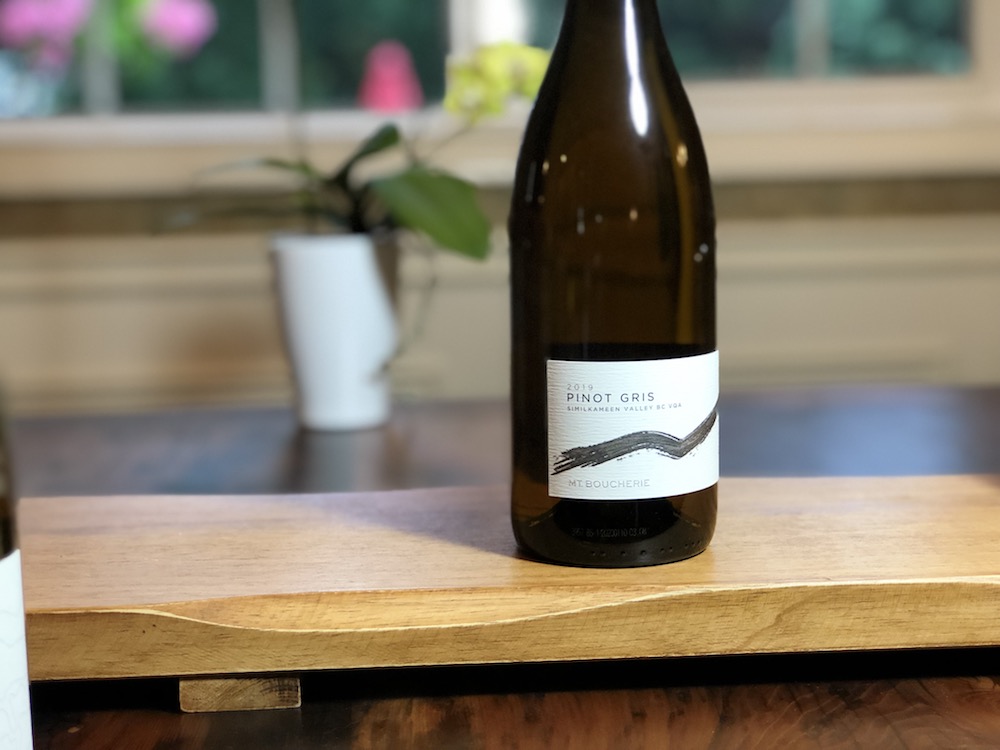
Mt. Boucherie Pinot Gris 2019 ($20, 90 points) — This is 100% from the estate’s Lazy River Vineyard in the Similkameen Valley and is partially fermented on the skins giving it a pale salmon colour in the glass. It’s highly aromatic with notes of peach, melon, grapefruit with just a hint of strawberries and spice. It has lovely texture and is loaded with ripe peach, pink grapefruit, apricot, nectarine and spice with a juicy, vibrant finish.

Mission Hill Chardonnay Reserve 2017 ($22, 90 points) — Lovely freshness is the first impression on the nose followed by notes of apple, tropical fruits, pears and elegant spice in a nuanced style. It’s more open knit on the palate, but still well integrated, with flavours of orchard and tropical fruits all nicely balanced by racy acidity, soft spice notes and zesty citrus on the clean finish.
Other B.C. wines released, but not reviewed:
• Mission Hill Reserve Chardonnay ($25)
• Mission Hill Reserve Cabernet Sauvignon 2017 ($30)
• Blue Mountain Gold Label Brut Sparkling ($35)
• Quails’ Gate Dry Riesling 2019 ($20)
• Quails’ Gate Chardonnay ($25)
• Osoyoos Larose Pétales Osoyoos Red 2016 ($30)
• Burrowing Owl Merlot 2018 ($40)
Jan. 9 Vintages release
There was only one Niagara wine released in the Jan. 9 Vintages release.
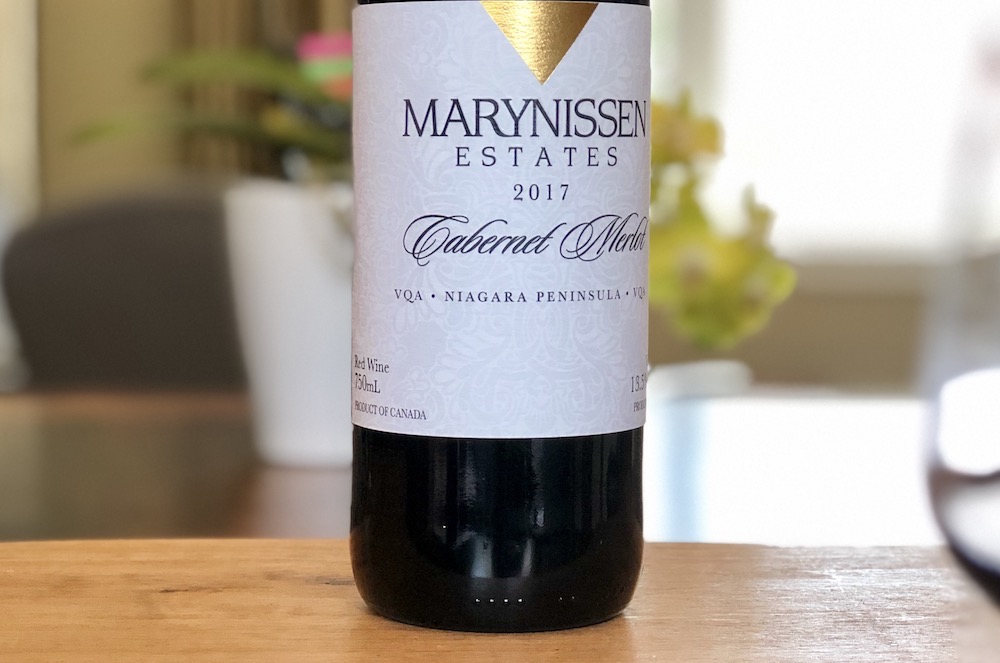
Marynissen Cabernet Merlot 2017 ($18, 87 points) — From the gold series, the blend for this wine is 61% Cabernet Sauvignon and 39% Merlot that was 50% aged for eight months in stainless steel and 50% aged for eight months in French and American oak. It has a fruit-laden nose of dark cherries, plums, cassis, sweet herbs and subtle spice notes. It’s a smooth and fruit-driven red on palate and offers value at this price point. Ready to drink now, but can age for a couple of years.
Cali wines coming to Vintages

Tom Gore Chardonnay 2018 ($20, Vintages Jan. 9, 88 points) — The fruit is sourced from California’s Central Coast and North Coast vineyards. This is old school Cali Chard with a spicy entry on the nose and then ripe pear, baked apple, grilled pineapple and caramel/vanilla accents. It’s big on the buttery/oaky spices on the palate with ripe stone fruits and just a hint of citrus zest on the finish. For those who prefer their Chardonnays on the ripe and spicy side.

Simi Sonoma County Chardonnay 2018 ($23, Vintages Jan. 23, 89 points) — A nose of baked apple, creamy pear, toasted vanilla, baking spice and lemon tart. It’s creamy and spicy on the palate with a ripe core of golden apple, pear, nectarine and citrus all caressed by barrel oak spices with a touch of lemon zest on the finish.

Simi Sonoma County Cabernet Sauvignon 2017 ($27, Vintages Feb. 6, 90 points) — This Sonoma County blend of mostly Cabernet Sauvignon, and the rest Merlot, Petite Sirah, Malbec and Cabernet Franc spends 14 months in 100% French and American oak barrels (15% new). It has a fruit-laden nose of black currants, cassis, forest berries, dark cherries, mocha and integrated toasty vanilla and spice. It’s generous on the palate with ripe blackberries, anise, licorice, herbs, tightly structured tannins, a range of oak spices and a tangy finish. Pair with grilled steaks with roasted mushrooms, Moroccan spiced lamb, and braised duck breast with carrot purée. Could age to tame those tannins a bit.
New wines from Malivoire
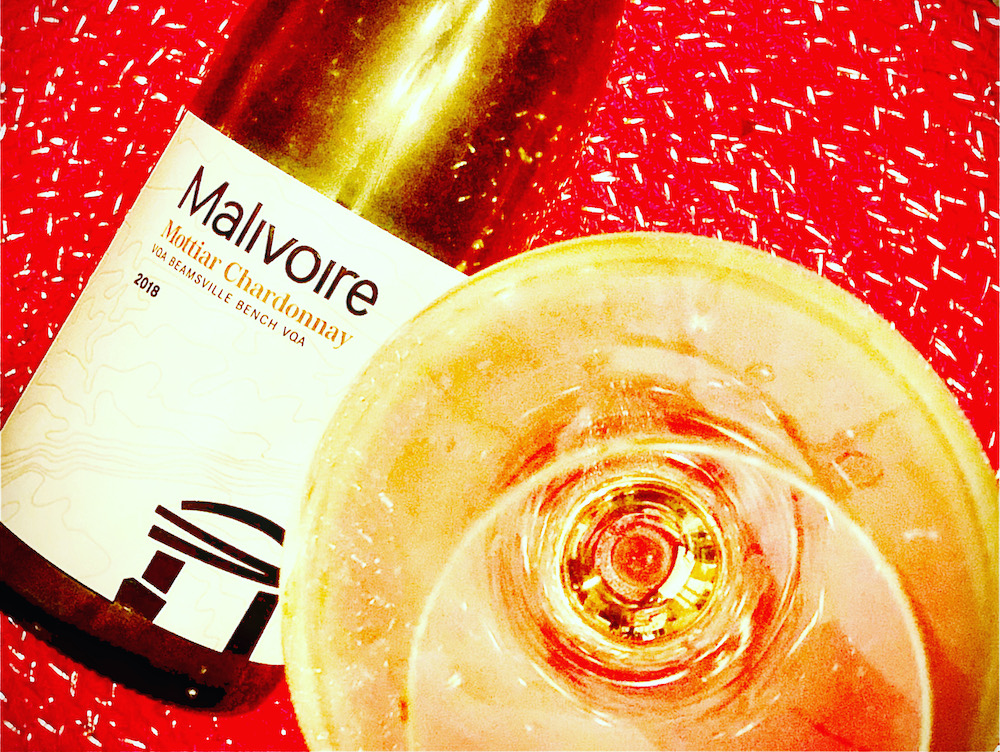
Malivoire Mottiar Chardonnay 2018 ($35, 93 points) — Moira Chardonnay 2018, the other Beamsville Bench single-vineyard Chardonnay from Malivoire, was named as one of the most thrilling white wines of 2020 by Wines In Niagara. And this one, from winemaker Shiraz Mottiar’s own vineyard, could easily fit into that same list. The wine is wild fermented in older French oak puncheons and than aged in barrel on the lees for nine months. Only 60 cases of this wine were made. Wow, such a lovely lemony/saline nose of pure minerality with pear, apple, nectarine and integrated spice notes. It has gorgeous texture on the palate with rich stone fruits, toasted almonds and vanilla with a deep vein of stony minerality and spice on a bright, zesty, lifted finish. Just lovely and will only get better with a few years in the cellar.
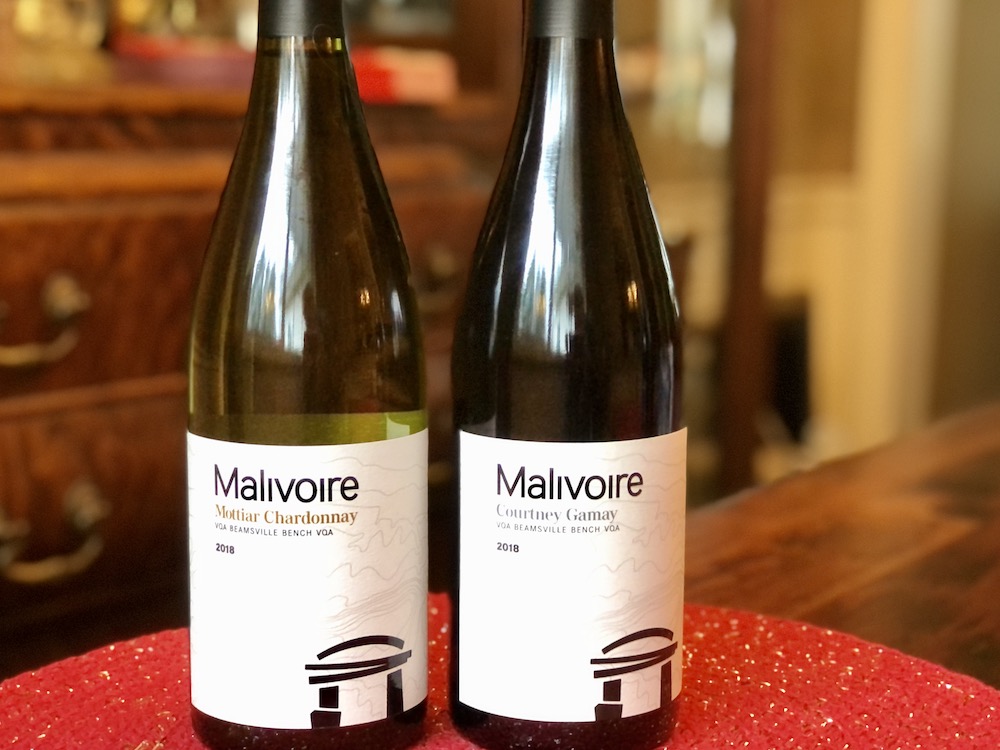
Malivoire Courtney Gamay 2018 ($30, 93 points) — One of the finest Gamays I’ve tasted in the last 12 months. Primary fermentation took place in a custom-built limestone concrete tank, with 10% of the fruit fermented in whole clusters. 70% of the wine was transferred to neutral oak barrels and aged for 16 months. The rest was aged for 10 months in new oak with a further 6 months in neutral oak. Malivoire takes its Gamay seriously! It has a highly complex nose of black cherries, underbrush, wild raspberries, plums, pinch of spice and savoury herbs. It’s simply gorgeous on the palate with fresh crushed red berries, underlying earthy/loamy notes, dark plums, spice, some tannic structure, length and a tangy finish. A Gamay that will withstand some cellaring to see how it develops. Like I said, wow!
New wines from Henry of Pelham
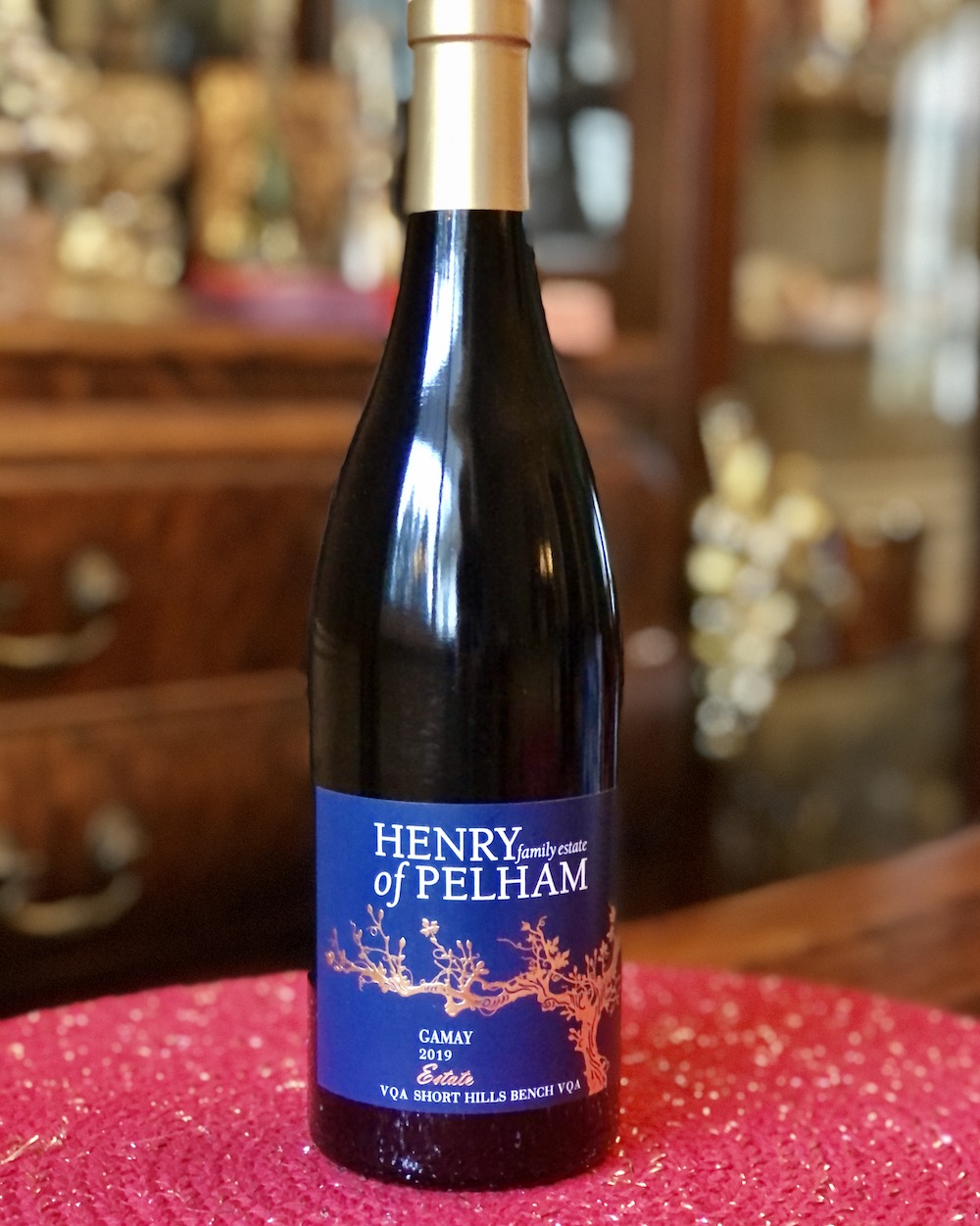
Henry of Pelham Estate Gamay 2019 ($20, Vintages April 1, 89 points) — This friendly Gamay has a savoury nose with raspberries, blueberries, dark cherries, plums and earthy notes. The palate shows rip red berries with underlying savoury/earthy notes and a fresh finish.
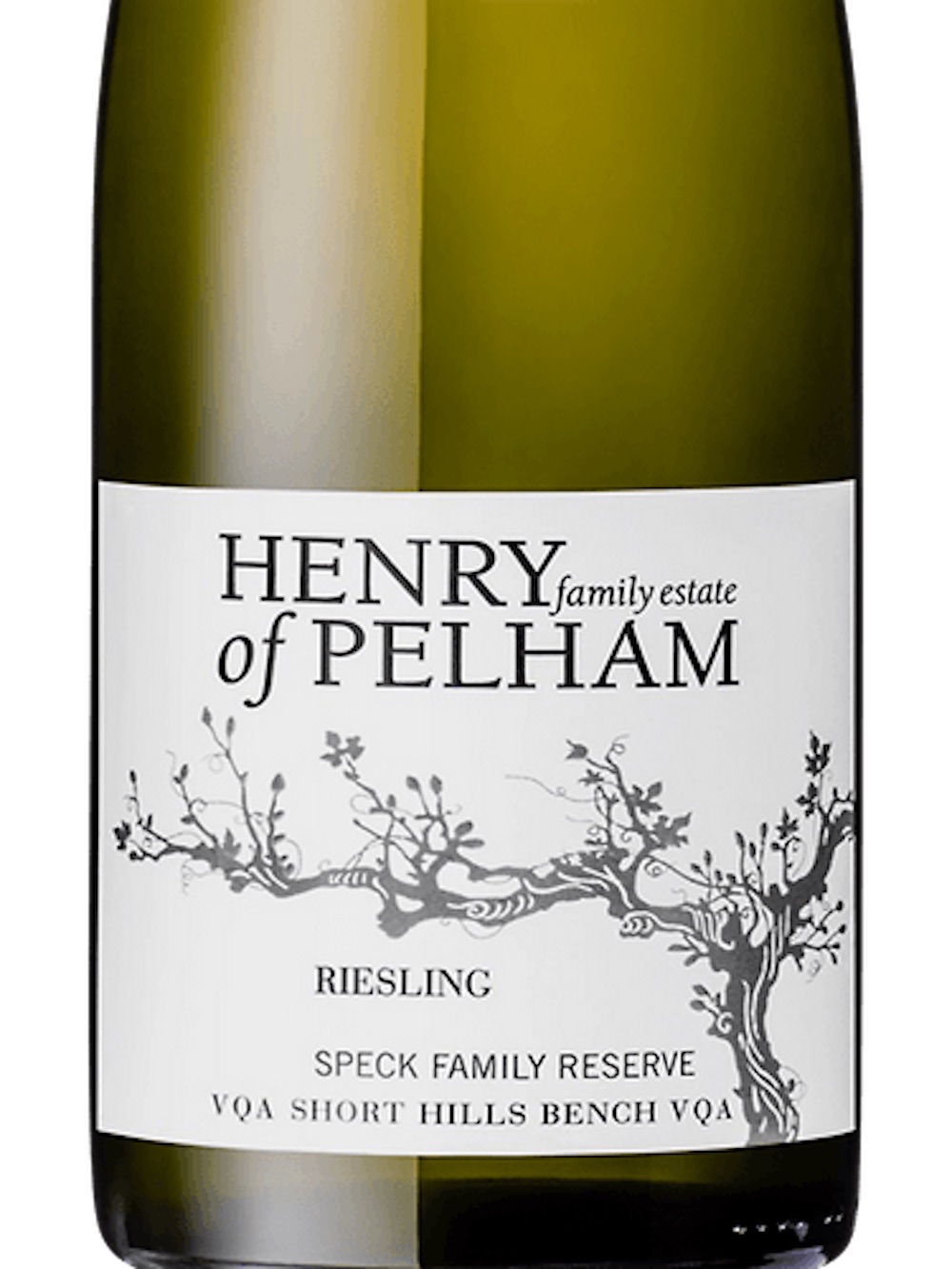
Henry of Pelham Speck Family Reserve Riesling 2019 ($28, 94 points) — The Speck Brothers do a lot of things right from their Short Hills Bench estate, but Riesling is a cut above all the rest and this top cuvee is consistently one of the best Rieslings made in Niagara. The vineyard where this Riesling is grown was planted in 1982 to the famed Weis 21b Clone. It has a racy, saline nose of gushing lime, grapefruit, lemon blossom, green apple, tangerine, stony minerality and a subtle note of ginger. There is an interesting tug of tension between sweet and tart citrus then wet stones, lemon pith and ginger with a dry impression on a finish that’s long and fresh. The racy vein of acidity should carry this wine to even greater heights for 15+ years. A cellar must for collectors of Niagara Riesling.
New wines from Township 7
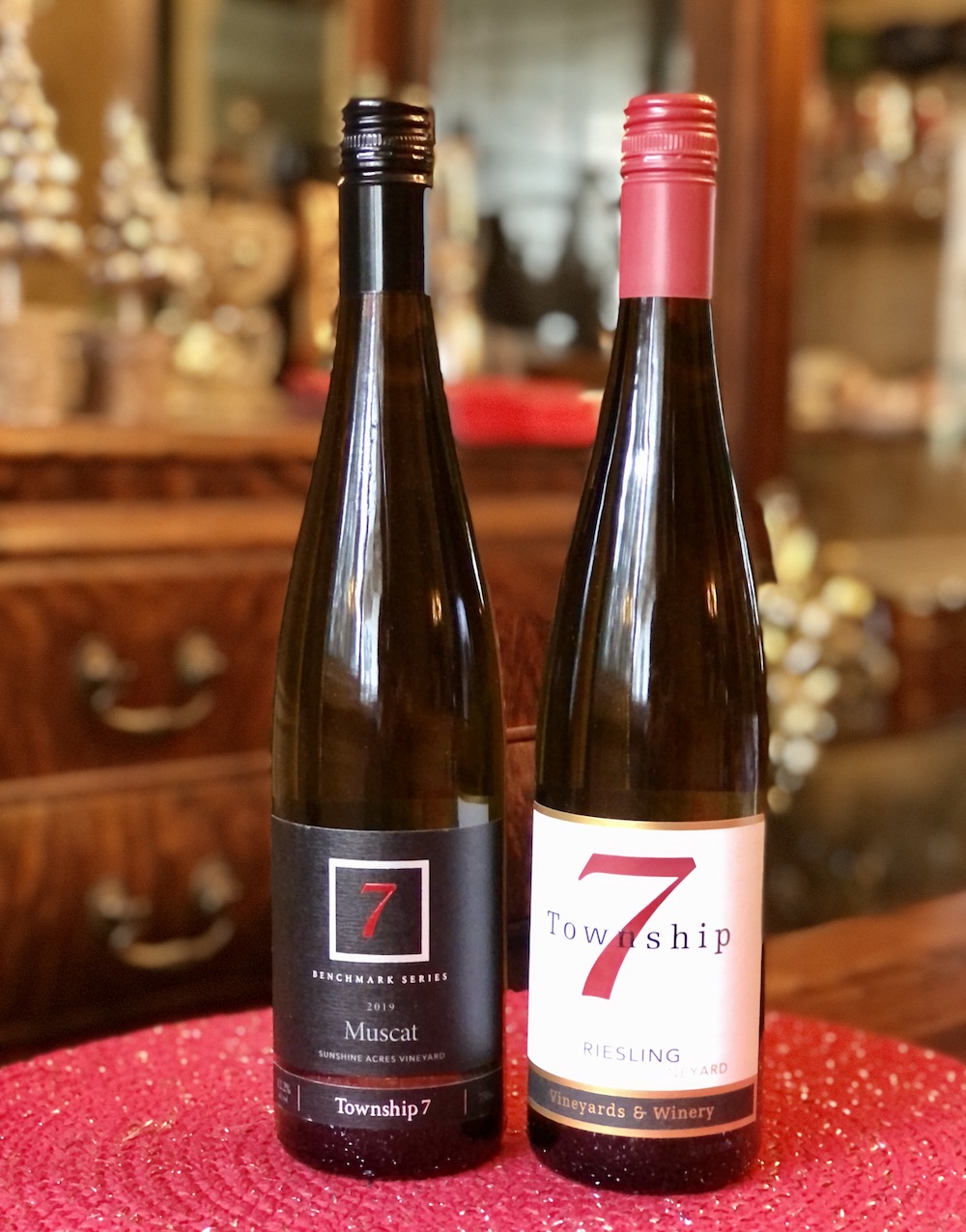
Township 7 Riesling 2018 ($27, 89 points) — This Riesling is sourced from the Fool’s Gold Vineyard located in north Oliver in the Okanagan Valley. The nose reveals pronounced notes of lime, grapefruit, apple, honeysuckle and citrus rind. It has a dry impression on the palate with racy acidity in support of lemon, lime, green apple and a refreshing, bright finish.
Township 7 Muscat 2019 ($27, 90 points) — This Muscat is sourced from the Sunshine Acres Vineyard in Oliver and bottled under the Benchmark Series. Such expressive aromatics of ripe peach, nectarine, apricot, Mandarin orange, lychee and ginger notes. The fruit is ripe and juicy on the palate but has a dry impression with the full range of pineapple, peach, apricot, tangerine and citrus rind with a perky finish.
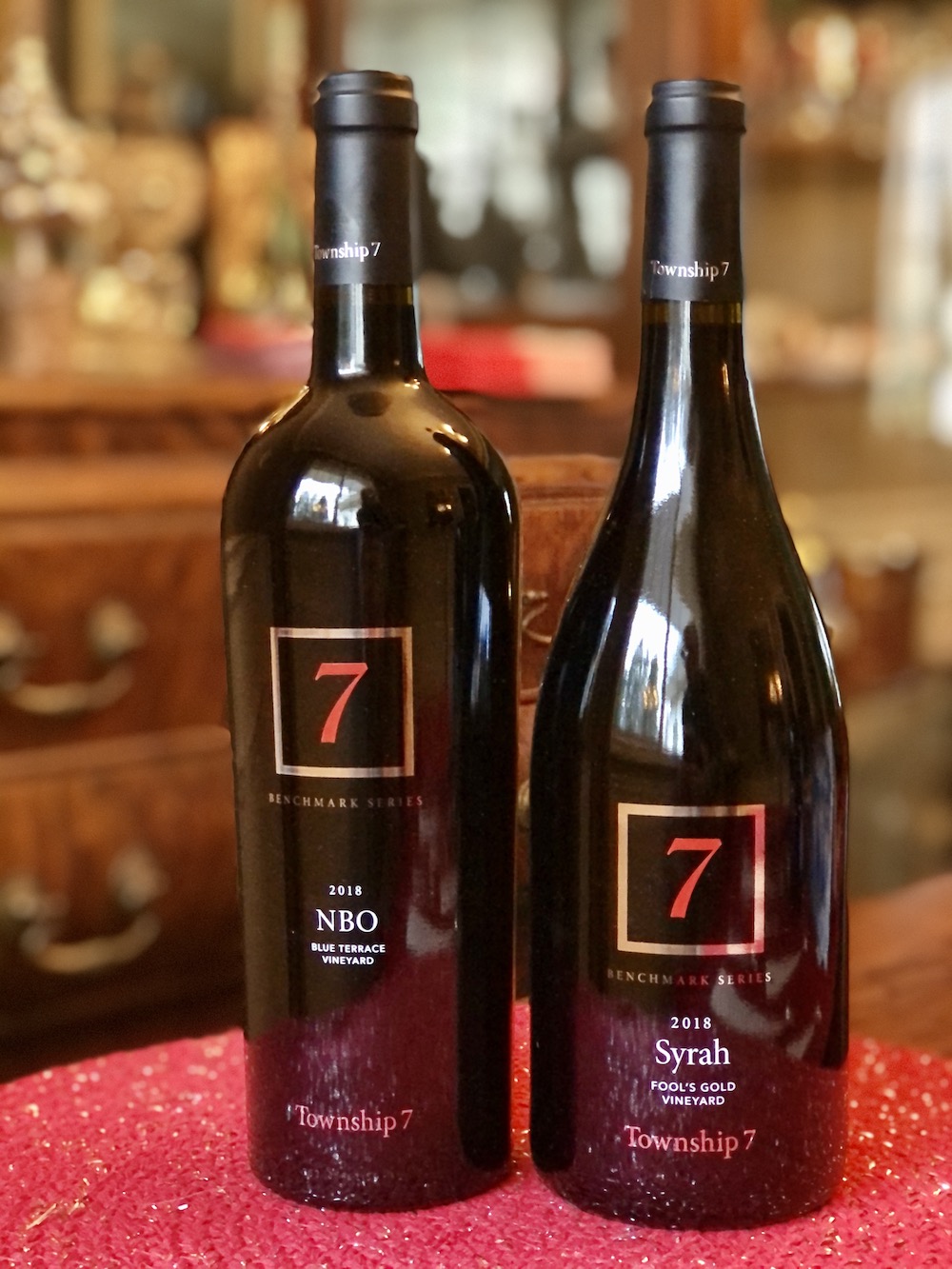
Township 7 Syrah 2018 ($38, 92 points) — Sourced from the Fool’s Gold Vineyard in Oliver, this Syrah is aged for 24 months in a combination of American and French oak barriques. It has a nicely integrated nose of meaty blackberries, black currants, peppery spices, earth, anise and plums. It’s supple on the palate with enticing grilled meat, cracked peppercorns and savoury spices to go with blackberries, anise, plums, black currants and a long, finessed finish. Very nice Syrah. Can cellar 5+ years.
Township NBO 2018 ($36, 93 points) — This is the estate’s “Left Bank Bordeaux” styled blend of Cabernet Sauvignon (two thirds) and Merlot from the Blue Terrace Vineyard in Oliver. It was aged for 24 months in both barriques and large format French oak. It’s a full-bodied red on the nose with a complex array of ripe blackberries, cassis, kirsch, barrel oak spices, cocoa, earth and toasty vanilla. The structure is firm with ripe tannins, bold dark berries, earthy notes, licorice, lovely toasted spices that all lead to a long and finessed finish. This will need time to all come together, so drink now if decanted for a few hours or hold in cellar for 7+ years. You will be richly rewarded if you have the patience.






Comment here